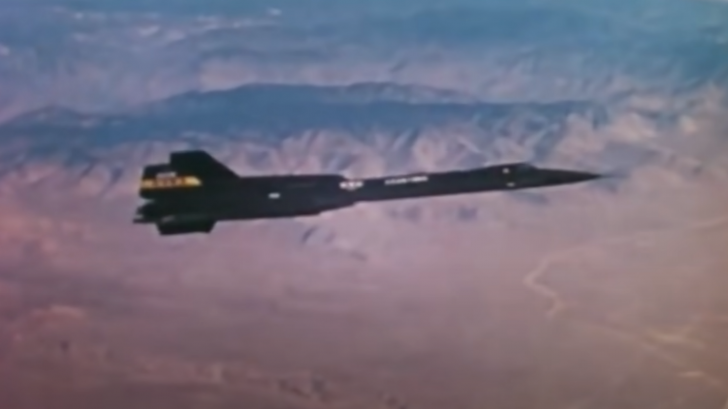When thinking about spy planes, we tend to think of the U-2 and the SR-71. However, one aircraft with the designation “A-12 Archangel”, was actually made to be the U-2’s successor. Nobody knew it existed because it was only declassified thirty years after its retirement. Here’s everything you need to know about the A-12, the forgotten spy plane.
- Had two models built by Convair and Lockheed
Convair’s model, the Kingfish, shared much in common with the F-106 Delta Dart. It had the same classic delta wing layout but differed in having two J58 engines in its rear fuselage, and twin vertical surfaces at the rear.
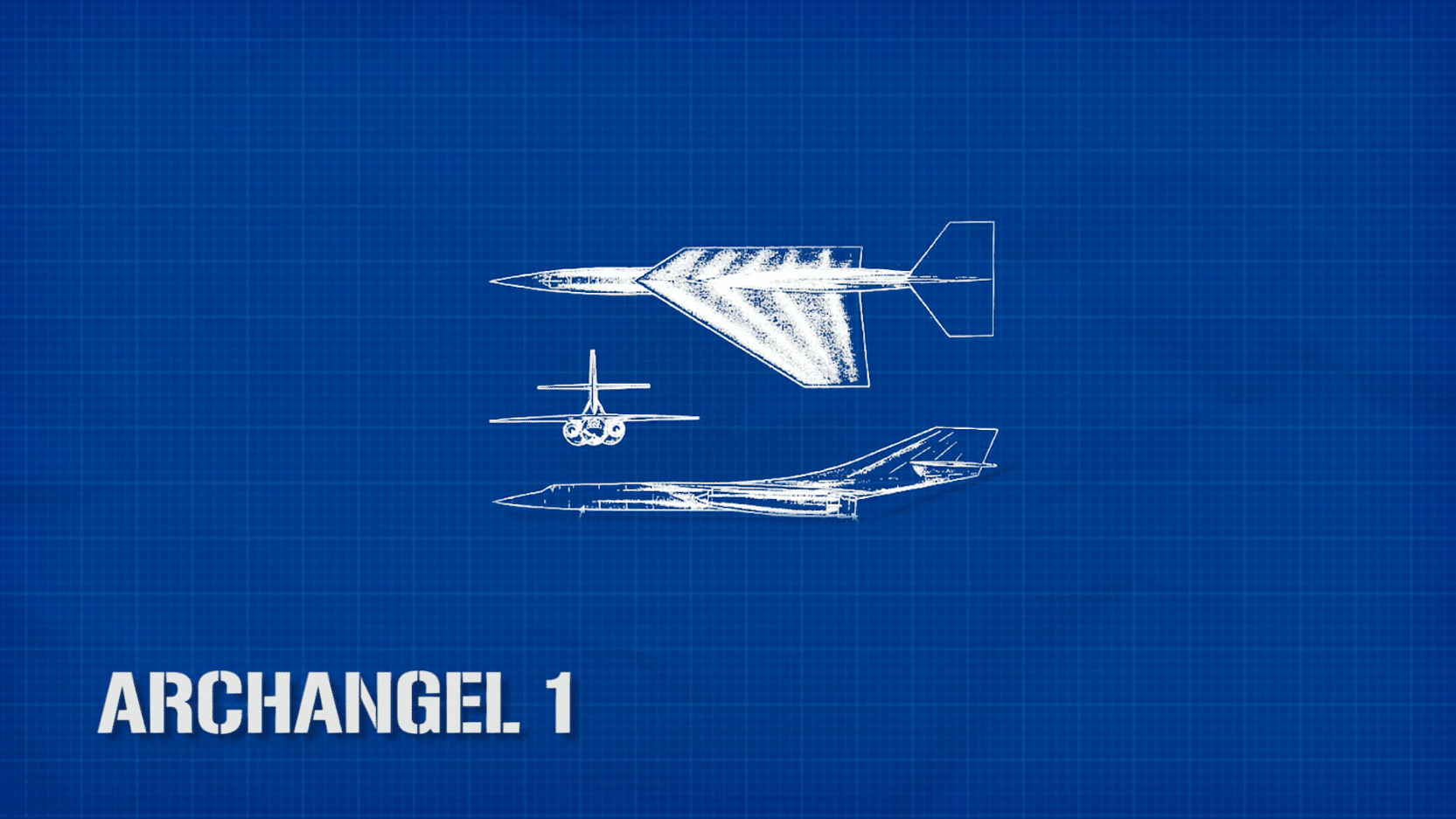
- Lockheed eventually won the competition
The Archangel 11, made by Lockheed, won the Oxcart Program in 1960. Oxcart was the codename for the CIA’s program to develop the replacement for the U-2 spy plane. Lockheed won after adding twin canted fins instead of a single right-angle one and adding several areas of non-metallic materials.
- Engineers had to work around titanium shortages
However, there was one country with plenty of titanium – the Soviet Union. Of course, asking it outright would be a big no-no. Instead, the CIA bought titanium from the Soviets using various back-alley sources, third parties, and dummy corporations.
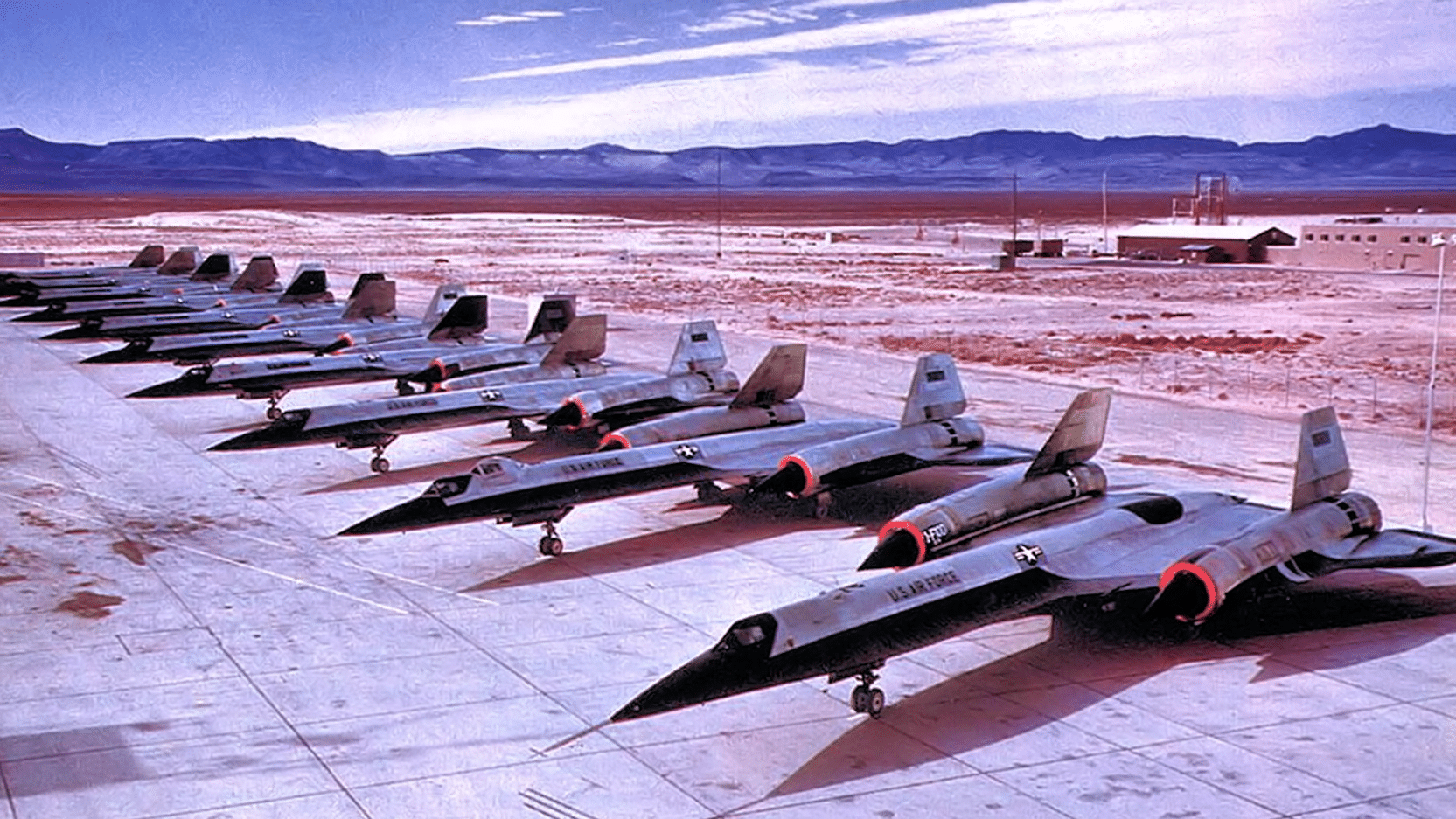
- They found an efficient way to work with titanium
Before the A-12, titanium was only used in high-temperature areas such as wing leading edges – but the A-12 was constructed mainly of titanium. A workaround was found by machining small filets of the material and gluing them onto an underlying framework.
- It held flight tests at Groom Lake
The A-12 took to the skies for the first time on April 26, 1962. Test pilot Louis Schalk was able to fly for 40 minutes, but the aircraft began to shed its titanium filets as it climbed above 300 ft. Engineers had to spend four days searching the area for the missing filets (titanium was that worth it).
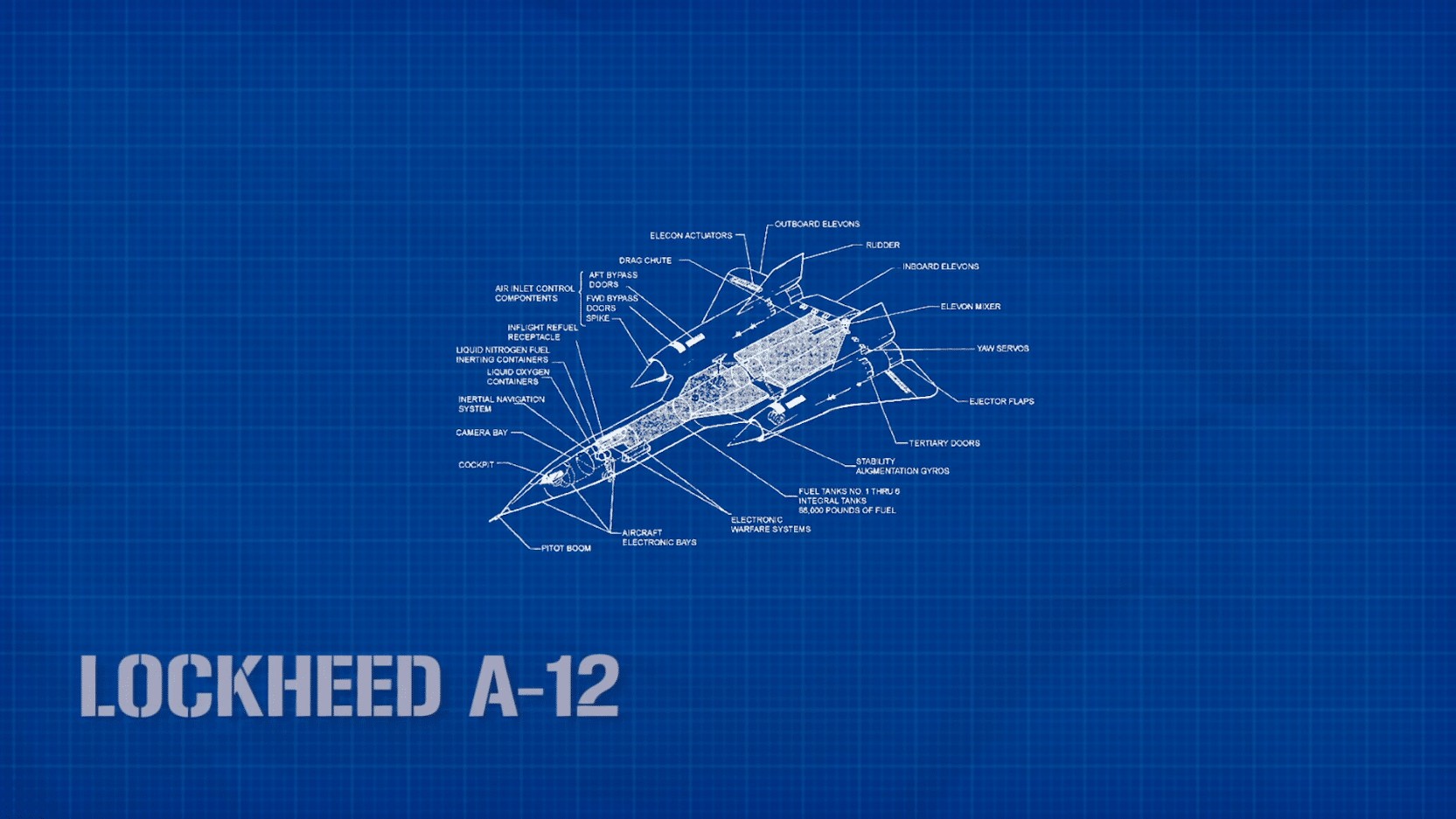
- CIA paid witnesses to keep it secret
A-12s experienced their first loss on May 24, 1963, when pilot Kenneth Collins crashed near Wendover, Utah. Collins ejected safely and was picked up by a truck driver while wearing his standard flight suit. Two farmers near the accident site were paid $25,000 and were told that the aircraft was carrying atomic weapons to dissuade them from going much closer.
- Considered a Mach 3.35 aircraft
The Archangel had a top speed of 2,550 mph and a very high service ceiling of 95,000 ft. These feats were possible thanks to its two new Pratt & Whitney JT11D-20B afterburning turbojets each capable of producing 20,500 lbf dry and 32,500 lbf with afterburner.
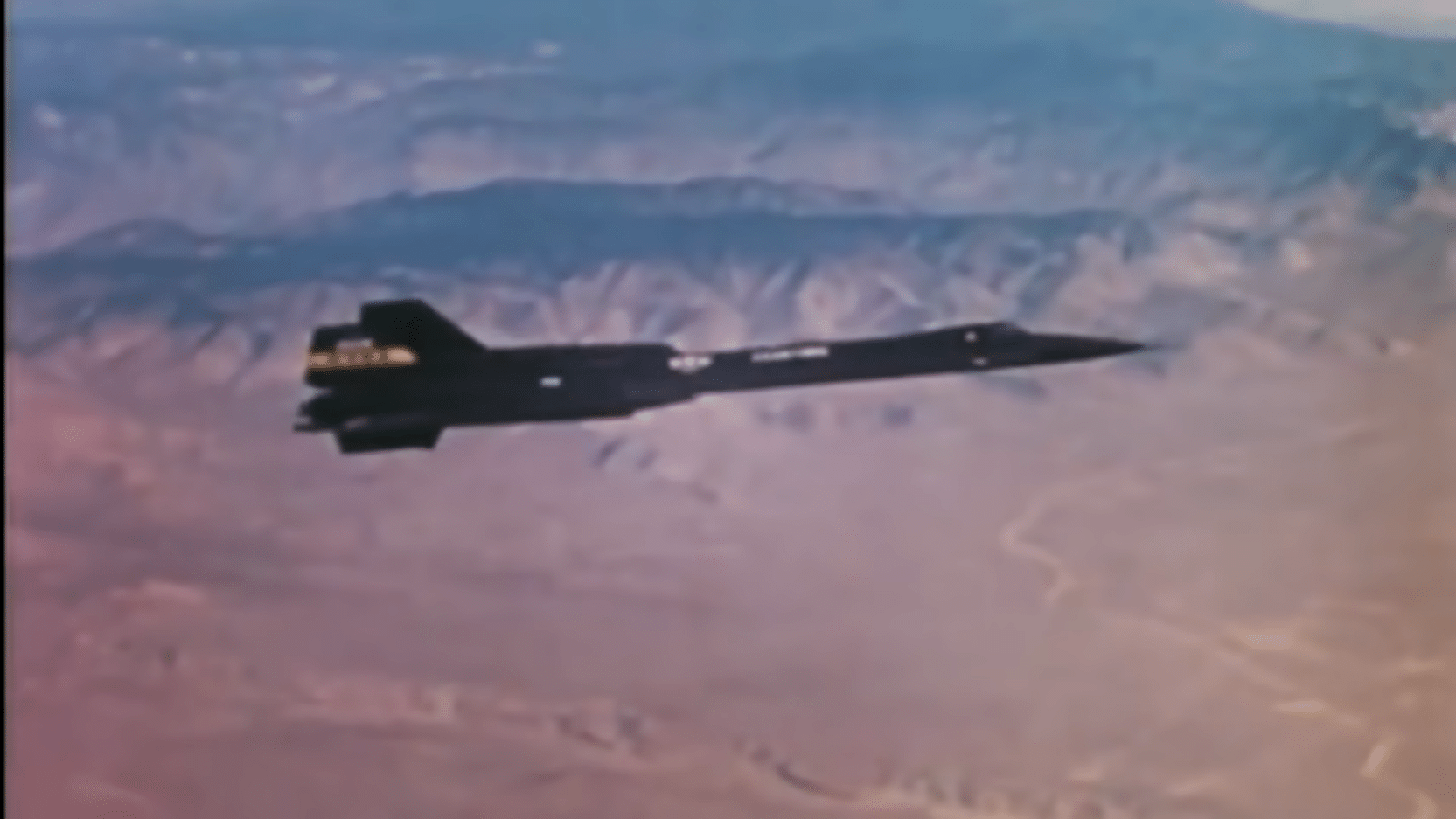
- Participated in Operation Black Shield
This mission aimed to get a clearer picture of the Vietnamese SAM defense system and military movements in North Vietnam. A-12s would take off from Okinawa before turning towards Vietnam.
- Outpaced by Soviet radar improvements
One reason why the A-12 had a relatively short service was the rapid improvements in Soviet radar detection that the North Vietnamese used. They became increasingly obsolete when the radars raised their blip-to-scan ratios.
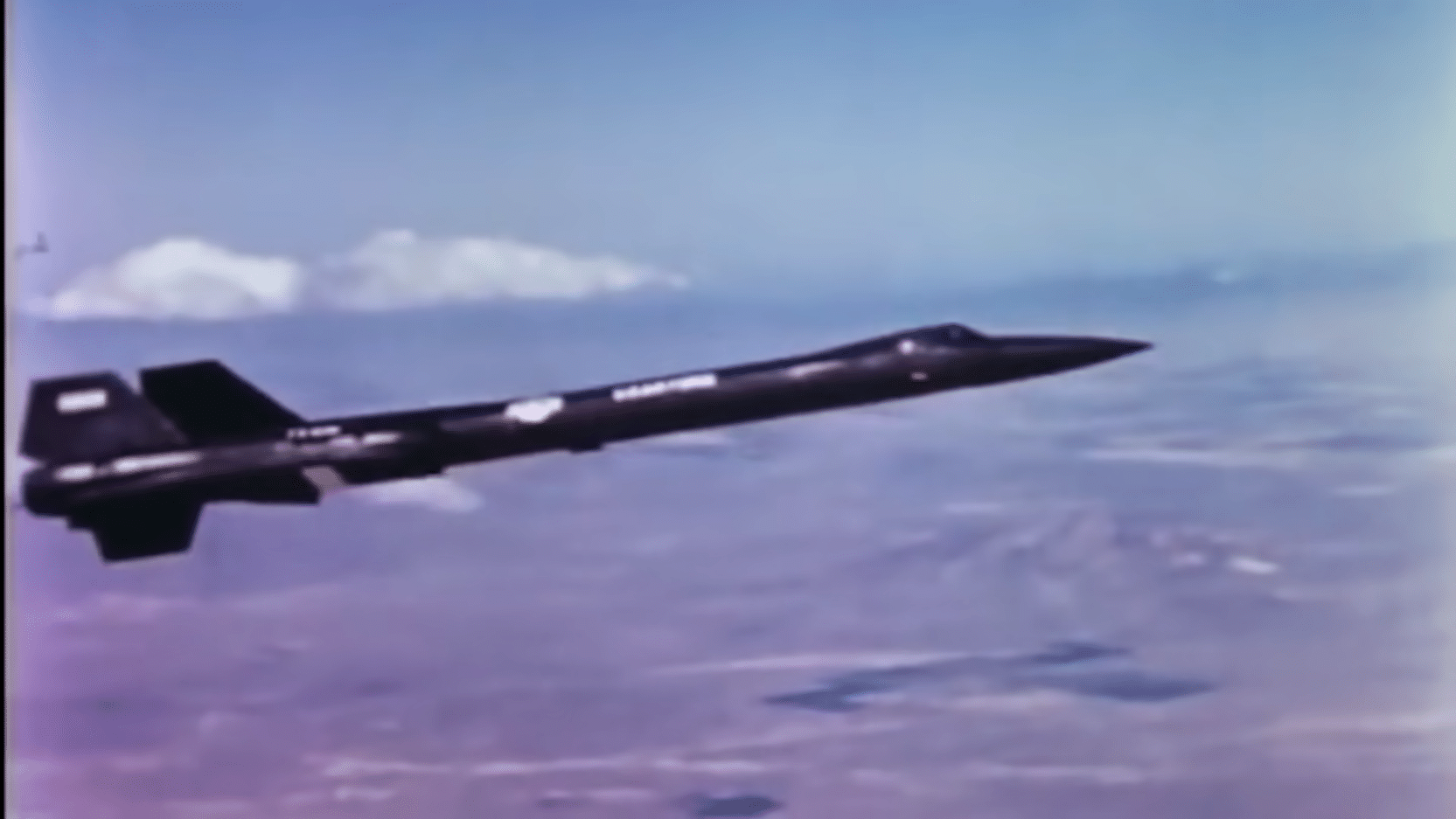
- Program ended shortly in 1966
The A-12 program was canceled even before Operation Black Shield began in 1967. Budget concerns were the main issue as the SR-71 Blackbird was expected to arrive in Okinawa in March 1968. In total, the A-12 served for around two years, from 1967 to 1968.


